Night Photography
Night photography can be daunting for many people but you can get amazing photographs of nocturnal animals within the camps if you know which camps to look for which animals.
For most of our nocturnal photography we use the built-in flash on the Nikon D800 as most of the animals are very close to our tent or bungalow.
The only potential problem is that the flash takes a few seconds to recharge so if you get some action you will not be able to fire your flash.
Ideally you will want to use a Nikon SB-800 or SB-900 flashgun. We get superb results from both these flashguns. If the animals are very close we will use the soft-box to spread the light and if they are 50-100 meters away we will use our Better-Beamer to extend the flash reach.
The Nikon D3S and D800 bodies are excellent for night photography as they have large FX sensors and are therefore much more sensitive to light than the smaller DX sensors are.
The Nikon D500 and D7100 bodies, however, are also great for nocturnal photography with high ISO-low noise ratios.
Here are the camps that have provided us with the best nocturnal photo opportunities:
Kruger Park
• Punda Maria – We have photographed civets, genets and bush babies in this camp. The hide also provides great opportunities as the leopard image at the head of this page shows!
• Skukuza – We have photographed primarily bush babies here. Some nights you will just hear them screaming and other nights they will come and sit in the tree in front of your bungalow!
• Olifants– Because Olifants camp is so high up there tends to be minimal animal activity after the sun goes down. However, we have seen genet and this camp is ideal for star-gazing and photographing star-trails and the moon making Olifants an ideal camp for night photography.
• Shimuwini – After the sun goes down there tends to be hippo and crocodile activity in the river in front of the cottages. In addition there are scorpions and other creepy crawlies that come out on windy nights and don't forget the star-trails!
• Sirheni – At night there is hippo and crocodile activity in the river in front of the cottages.
• Lower Sabie – If you stay in the river-view tents you get to see hippos, crocodiles and lots of action on some nights.
• Tamboti – All the tents face the dry river so most of the year you get to see animals by day and night in front of your tent. We have seen hyenas, porcupines, kudu, bushbuck and leopard from our tent...
• Crocodile Bridge – The geckos that live in the thatch roofs come out at night to catch insects so have your cameras ready! In some camps the geckos are friendlier than in others – Crocodile Bridge have the friendlier ones so make the most of them! In addition there is the resident hyena that patrols the fence each night and we often have buffalo munching in front of our cottage.
Then of course you have the lesser bush babies who tend to come our every night. Sometime guests are fortunate to see the bush babies coming out just before sunset...!
Kgalagadi
• Kielie Krankie – At night we have seen jackal, gemsbok, leopard, brown hyena, caracal and porcupine drinking. The geckos that live in the dune cabins make good subjects as well - they come out at night to hunt for food...
• Urikaruus – We have seen hyena, lion and cheetah drinking here. We were hoping to see the resident leopard drinking here but no luck. Our advice to you when staying here is to ask the guard to empty his bird bath each night otherwise you’ll be sitting at your cabin watching the waterhole with great anticipation and the leopard will be drinking at the bird bath behind your cabin, which is what happened to us on our last trip!
• Twee Rivieren – This camp is on the border of the park so does not have the animal activity that the other camps have at night. It does, however, have scorpions galore especially on windy nights. You can find them on the sand dunes and even walking around the bungalows.
If you have an Ultra Viollet light you can take unusual photographs of the scorpions as they fluoresce white.
• Kalahari Tented Camp – We have seen various antelope, lion and giraffe drinking here at night...
• Gharagab – This camp is very secluded and never used to have many animals drinking at the waterhole but the water being pumped in is now from a different source and so it is drawing more game and therefore predators...
The waterhole is about 70 meters from the bungalows so night photography is possible if you have a decent
spotlight.
Keep in mind that both
Nossob and
Mata Mata have hides where you can view and photograph animals at night as the waterholes are floodlit. In addition, Mata Mata has 10 river-facing chalets where you can photograph nocturnal animals drinking.
The two lodges on the Botswana side of the park, Polentswa Tented Camp and Rooiputs Lodge also offer good night photography opportunities.
Etosha
Night photography is what Etosha is all about! Here you don't want to go to sleep as there is constant activity at the Halali and Okaukuejo waterholes.
• Okaukuejo – in winter this waterhole is amazing. There is a constant stream of animals drinking at night from zebras to elephants, black rhinos, lions and hyenas.
• Halali – this waterhole is much quieter than the one at Okaukuejo but has some interesting animals visiting it. In addition to the regular elephants and rhinos we have seen porcupine and leopard drinking here...
Namutoni camp has a waterhole but it is generally not a productive one for animal sightings. Onkoshi camp does not have a camp waterhole.
Dolomite camp has a waterhole but it is about 350 meters from the camp so tends to be too far for night photography. There are, however, rumors that they may build a hide at the waterhole.
Pilanesberg
Night photography in the Pilanesberg is good at only some camps.
At Manyane and Bakgatla we have seen the odd bushbaby and a few domestic cats so they are not great for night photography.
Ivory Tree, Shepherds Tree, Kwa Maritane, Tshukudu, Bakubung and Pilanesberg Private Lodge all have waterholes that can be viewed from the chalets or communal areas and Kwa Maritane has an added bonus of an underground hide.
Our favorite camps for night photography are Kwa Maritane, Tshukudu and Pilanesberg Private Lodge.
In addition to photographing from the lodges you also have the option of going on night drives from all of the camps.
Madikwe Game Reserve
Most of the lodges within Madikwe are good for night photography. Lodges such as The Bush House, Tau, Jaci's, Madikwe River Lodge, Jamala, Etali and Motswiri are especially good.
We could not imagine staying in the parks and not photographing after the sun goes down!
We have photographed lions, leopards, cheetah, caracal, porcupine, African wild cat, genets, bush babies, civet, owls and more, mostly from the camps, what we call the ‘Sofa Safari’.
The issue of using spotlights and flashes can be a hotly debated one but I think it’s like anything else, some people will abuse the item while others will use it responsibly.
I think these comments from Brendon Cremer sum up the situation nicely…
“In recent months we have once again seen photographers come into the firing line on social media platforms regarding what some people see as unethical / conservation issues which are completely unfounded statements or are rather based on personal opinion rather than based on fact.
Some of these being the ongoing bashing of photographers for the use of spotlights and flashes on nocturnal animals, which is said to blind and disable them, a statement that is complete nonsense…
Please people, let's rather look at all the good that photographers do for conservation through various efforts around the world… the point is, lets focus on real issues rather than seeking attention with biased and personal opinions”.
Here is a balanced article,
based on scientific research, that discusses whether flash photography harms
animals.
Return from Night Photography to the Nature Photo Gear page
To make a safari rental booking in South Africa, Botswana or Namibia click here
"It's 764 pages of the most amazing information. It consists of, well, everything really. Photography info...area info...hidden roads..special places....what they have seen almost road by road. Where to stay just outside the Park...camp information. It takes quite a lot to impress me but I really feel that this book, which was 7 years in the making, is exceptional." - Janey Coetzee, South Africa
"Your time and money are valuable and the information in this Etosha eBook will help you save both."
-Don Stilton, Florida, USA
"As a photographer and someone who has visited and taken photographs in the Pilanesberg National Park, I can safely say that with the knowledge gained from this eBook, your experiences and photographs will be much more memorable."
-Alastair Stewart, BC, Canada
"This eBook will be extremely useful for a wide spectrum of photography enthusiasts, from beginners to even professional photographers."
- Tobie Oosthuizen, Pretoria, South Africa
Photo Safaris on a Private Vehicle - just You, the guide & the animals!
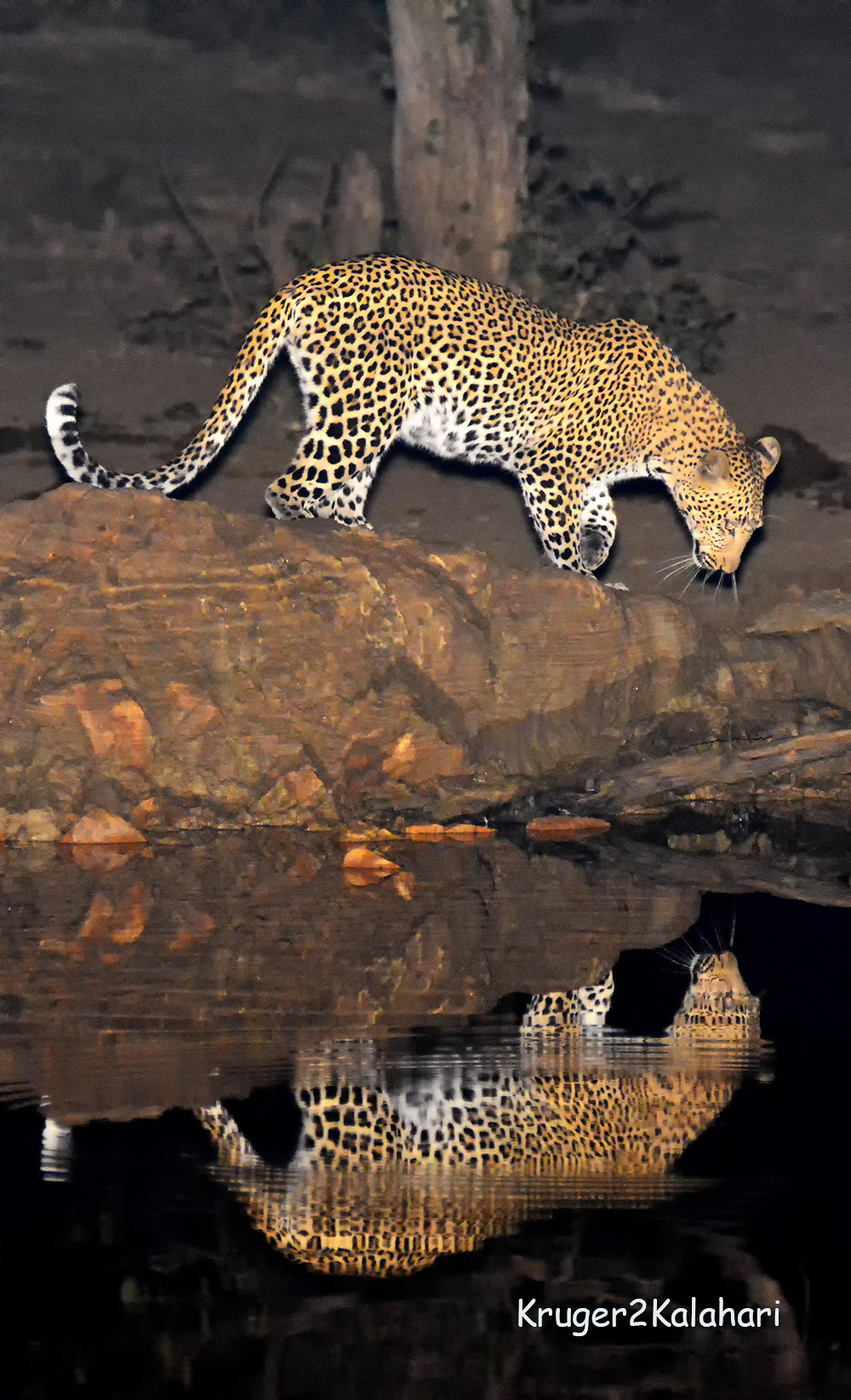



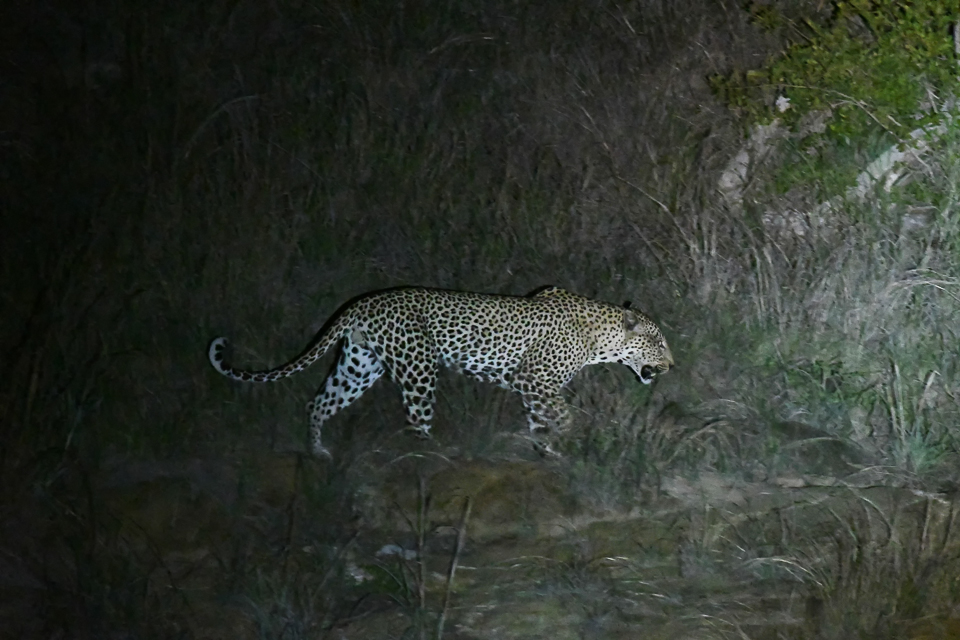
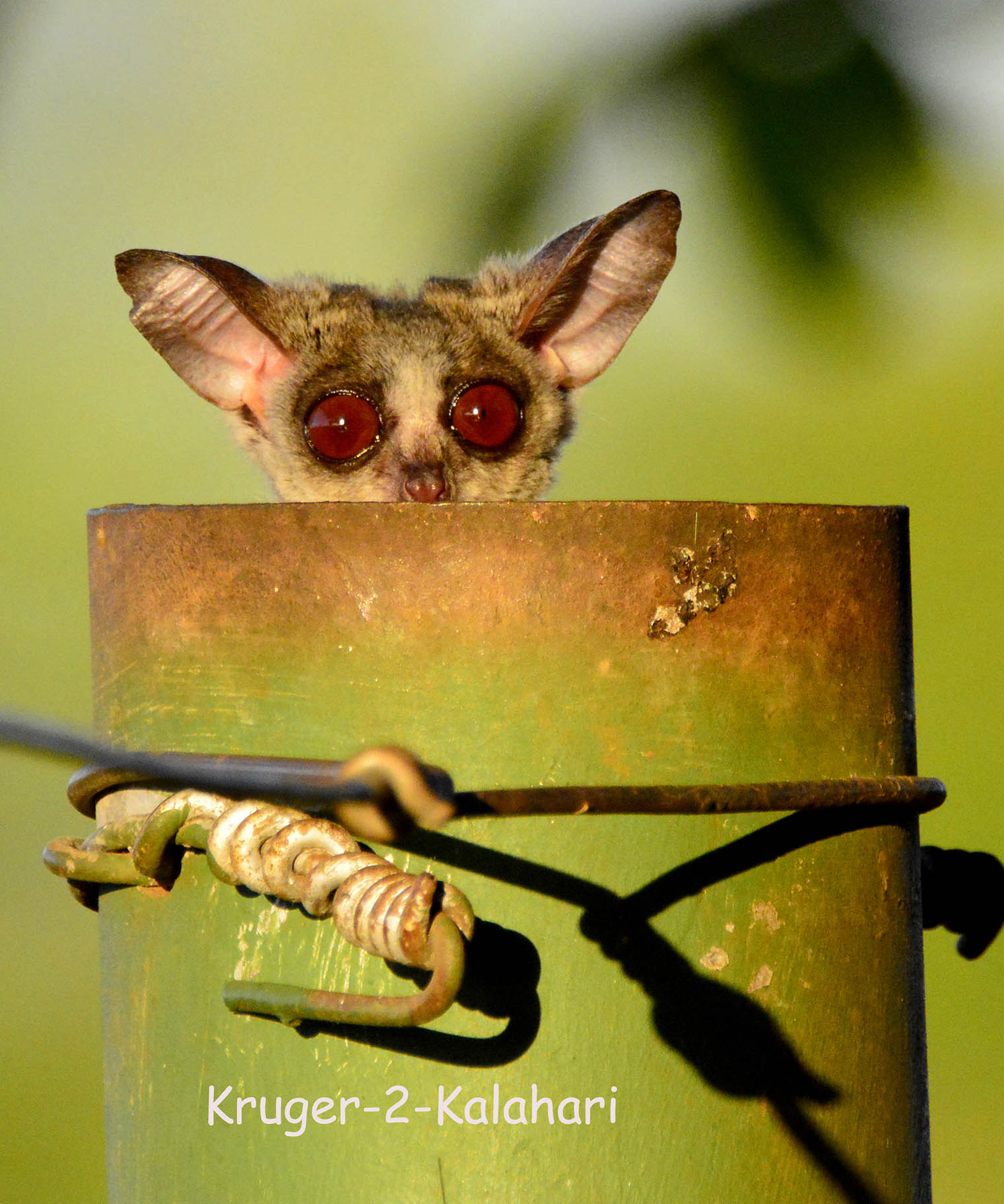
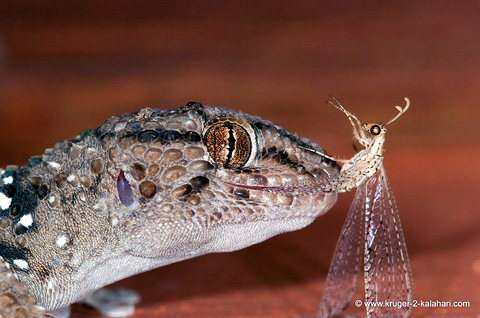
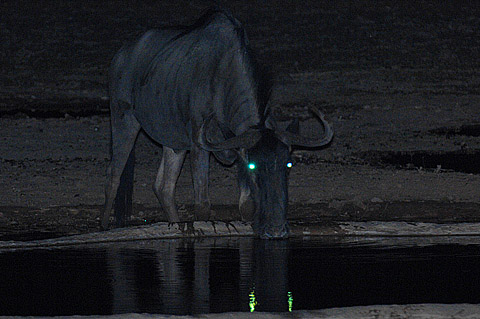
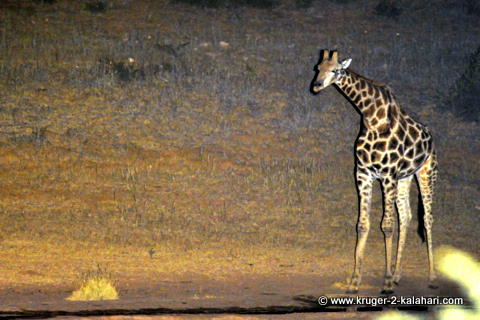
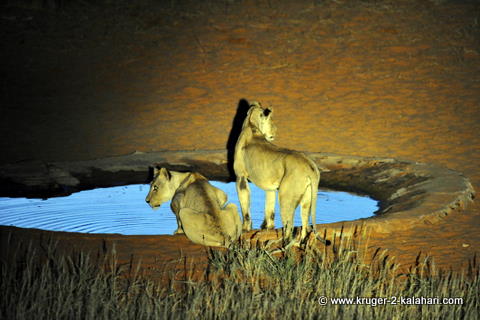
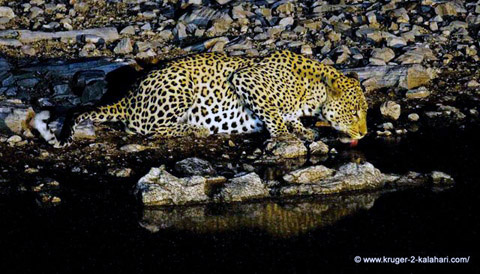

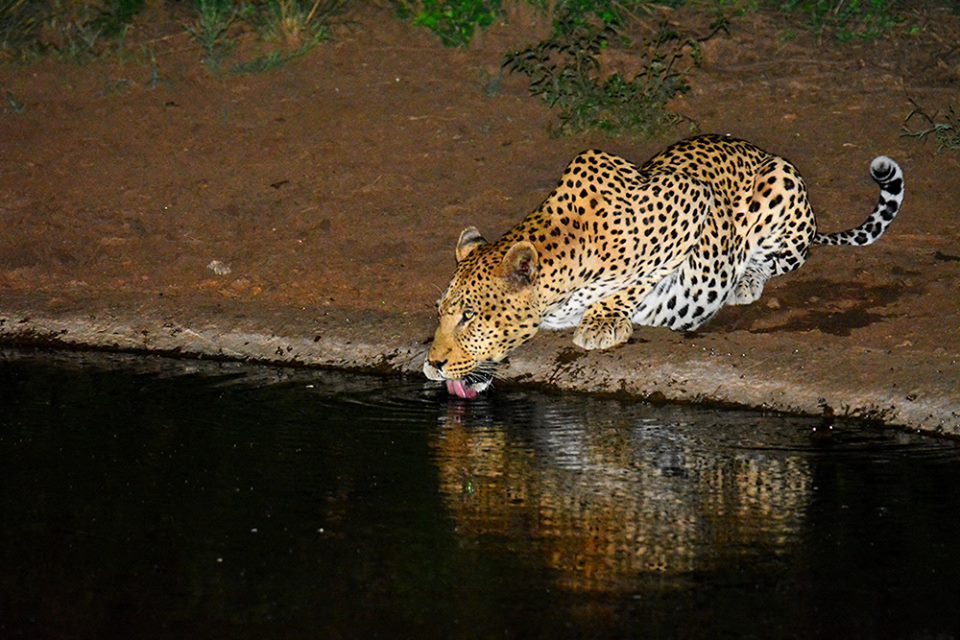













New! Comments
Have your say about what you just read! Please leave us a comment in the box below.